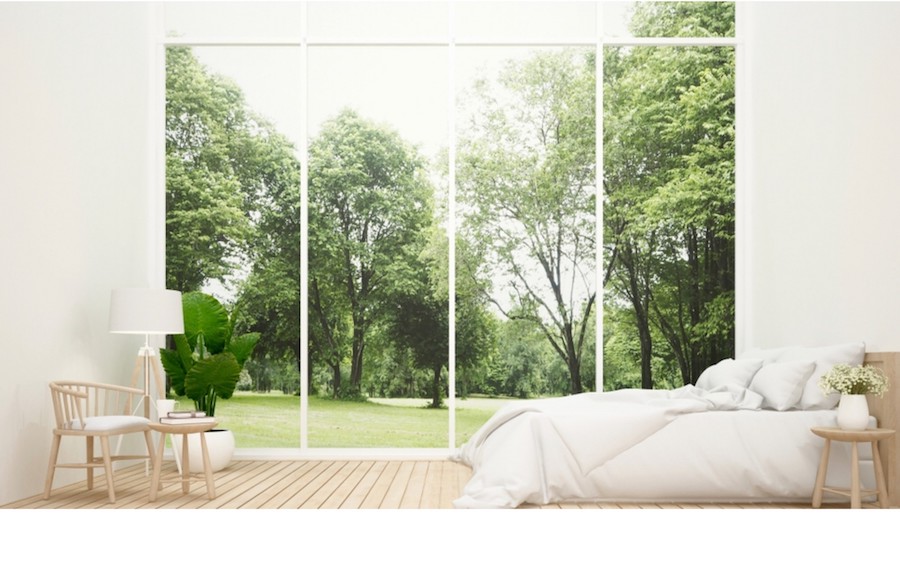The benefits of window film on low E windows depends on three factors:
- What kind of low E surface is used on glass.
- Where the low E surface is located in the window system.
- What the desired amount of heat gain reduction, heat loss reduction, or other film benefits are estimated to be.
Low E surfaces on glass falls into two basic types. The first type is a conductive coating put on glass as it is being made. This method does deliver some heat loss reduction; however, it doesn’t do much to reduce heat gain into a building.
The second type is far more complex. It involves multiple layers of metals and conductive coatings deposited on glass that has been made. This type of low E glass reduces heat loss and gives heat reductions of 30% to 50%. The first type of low E glass provides more heat gain reduction. However, if you have any questions about your specific type of glass, ask your glass company or window manufacturer to provide you the details.
The location of the low E surface in your window system is critical for deciding whether film should be used. For low E coating on the room-side surface of the innermost pane of the glass, the use of window film eliminates the heat loss reduction of the glass. However, most low E window systems consists of double pane windows where the low E surface faces the air space between the panes. In this scenario, the benefit of the low E glass is preserved even with the film installation. You should determine how you would like the window film for low E glass to perform whether to: reduce heat gain, control glare, prevent heat loss, decrease fading or improve the safety of your windows and glass doors.




Comments
Pingback: 5 Best Heat Reducing Window Film - Smart Living Idea